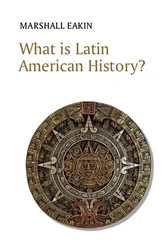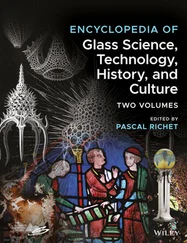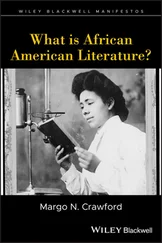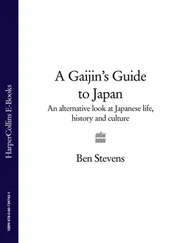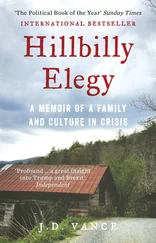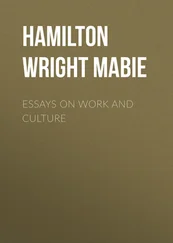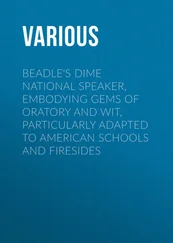Juan Rodríguez Freile: A Proud Cristiano Viejo in a Spanish Colony
Concomitant with the utopian readings of El carnero , Rodríguez Freile has been portrayed as a straightforward critic of the Spanish colonial system under which he lived, and as a man whose profession as a farmer offered an alternative spirit of government. This view is based on the author’s proud identification with a labrador (farmer) who carefully works on “the best plots of land with his well-primed tools that burst the plot’s veins” ( Chapter 21). Literary critics have glamorized Rodríguez Freile’s selfascribed profession, considering his depiction of a decent, morally superior inhabitant of a pristine countryside a metaphor serving to criticize the corruption of urban power centers like Santafé de Bogotá. A look at his biography, however, complicates such a utopian view.
The little that is known of Juan Rodríguez Freile’s life comes from the scattered information in his own book and the legal documentation he left regarding a lawsuit leveled against him in 1621. He was born in Santafé de Bogotá on April 25, 1566. According to his own proud assertion, his parents came to Las Indias in 1553 in total compliance with the Spanish crown’s immigration policy. That policy demanded that permits were given only to cristianos viejos, or “old Christian” Spaniards (as opposed to persons of Jewish or Moorish ancestry); it also limited those permits to married persons emigrating together with their spouses (which discouraged miscegenation with the natives). Rodríguez Freile grew up surrounded by conquistadors. He was well acquainted with Gonzalo Jiménez de Quesada (the conqueror of the region and founder of Santafé), and his own father participated in a military campaign against the Tairona Indians under the command of Pedro de Ursúa. Years later Rodríguez Freile himself participated in a similar repressive campaign, this time against the Pijao Indians, under the command of Diego de Bocanegra (probably around 1583). As a young man in 1585 he followed his tutor (oidor Alonso Pérez de Salazar) to Spain, where he stayed for six years – an experience that strengthened his pride of and allegiance to Spanish culture and nationalism, as seen in El carnero, when he narrates how he hurried to the defense of the port of Cadiz from Francis Drake’s attack: “I was not among the latecomers because I quickly boarded one of the first ships, which belonged to a friend of mine, and we were among the first ones to arrive in San Lúcar” ( Chapter 16).
As a teenager, a shortage of priests to carry out the evangelization of the indigenous encouraged him to enter the priesthood, which allowed him to study grammar and possibly an indigenous language. “In this school they started teaching the language of the natives, which was the general one because it was studied by all the students” ( Chapter 11). He eventually abandoned this religious school and became first a soldier fighting rebellious indigenous groups in the frontier, then a gold prospector (which in that region meant taking it from the indigenous), and lastly, a farmer.
There is no evidence that any authority or important figure commissioned his work, but he dedicates his book to the King of Spain, Philip IV. As a resident of Santafé de Bogotá, and a writer and reader acquainted with the historical and literary production of his time, he probably had contact with other important writers who lived in this same city or surrounding areas at the end of the sixteenth and the beginning of the seventeenth century, such as Pedro de Vargas Machuca, Juan de Castellanos, Fray Pedro Simón, and Juan Flórez de Ocáriz. It is believed Freile died in 1642 at the age of 76 in Santafé, or perhaps in one of the nearby cities where his business frequently led him, such as Guasca, Guatavita, or Guachetá.
Rodríguez Freile’s autobiographical details in El carnero show us a man who defined his identity through his allegiance to Christianity, the urban lettered culture in the Castilian language as well as in its powerful social elites, and the Spanish crown together with its imperial program. Such definition is based on his categorical differentiation from the indigenous, African, and mestizo subjectivities. After lamenting, for instance, the relaxation of official immigration control to the New Kingdom of Granada by people different from the Spaniards, he further explains that his parents were cristianos viejos brought from Spain by Bishop Juan de los Barrios. Amid the theme of the indigenous from Bogotá, he rushes to clarify that his godparents were the Spanish captain and encomienda holder Alonso de Olalla and his daughter Juana de Herrera, and in Chapter 7, again dealing with pre-Hispanic history, he emphasizes his family’s close ties with Gonzalo Jiménez de Quesada: “whom I knew well, because he was my sister’s godfather, and my parents’ friend.” This deliberate association with the secular and clerical white, powerful elites governing the region is striking considering that he lived in a culturally diverse society.
As a resident of an area in which the great majority of the population was indigenous and reduced to servitude, Rodríguez Freile ensured for himself a comfortable living for most of his life, that is, until his differences with his former business partner (Francisco Gutiérrez de Montemayor) resulted in the lawsuit against him. The estancia (farm) that he lost had previously provided him with a handsome income. According to existing documents of the lawsuit, Rodríguez Freile also lost 120 cows that were able to produce eight packages of cheese daily. The property was worth “more than 800 gold pesos,” and the annual profits from it amounted to “300 gold pesos.” By his own account, he also cultivated the land. According to calculations made by today’s Colombian farmers, a dairy farm of this capacity would have been at least 580 acres, with a workforce of approximately 6 to 12 individuals (who, very probably, were indigenous).
As to his supplemental income as a gold prospector of sorts, he tells a story that sheds light on the extractive gold economy imposed by the Spanish in the region. While talking about sacred Muisca lagoons, he tells us about what he calls a pecado (sin), that is, about having persuaded an old shaman of the Teusacá lagoon into helping him extract gold, which, reputedly, had been thrown into the lagoon as part of native religious rituals. The shaman fell on the ground once they reached the lagoon, and as Rodríguez Freile continues, “I was never able to get him up or get another word out of him. I left him there and came back empty-handed with the loss of my investment” ( Chapter 5). Did the shaman fall on the ground because he suddenly died? If this is the case, then the sin confessed is not only his greed but also his anti-Christian treatment of a dead man. Or, since he was a shaman previously in charge of that sacred site, did he simply drop to his knees to pray? If this is the case, then it would be a clear instance of indigenous resistance against the domination and plunder of the Europeans and Euro-Americans.
What is clear in this story is the author’s participation in the exploitation of the natives’ wealth and resources, as well as his contempt for the old shaman’s fate. El carnero is, therefore, written in a sociopolitical structure defined by the crown of Castile’s expansionist power and its concomitant encouragement of Spanish immigration; it is the Castilian textual site in which a formal education and access to libraries was limited to the white minority (Spanish and criollo) who controlled the land, its native people, its resources, and the administrative bureaucracy. By its insertion into this sociopolitical and cultural structure, El carnero was written for an elite readership that was generally hostile toward non-European subjectivities and as involved in the ideology of empire as Rodríguez Freile himself was.
Читать дальше



